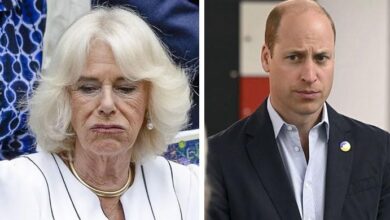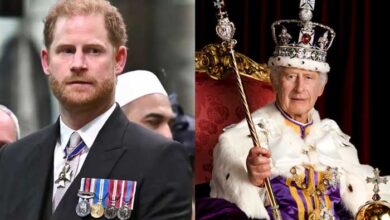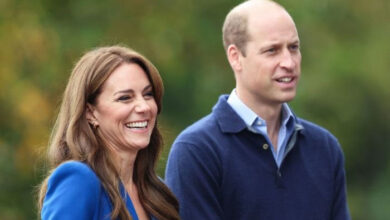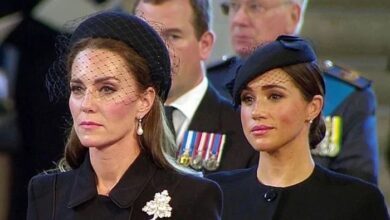Unraveling the Editing Errors in Kate Middleton Mother’s Day Photo
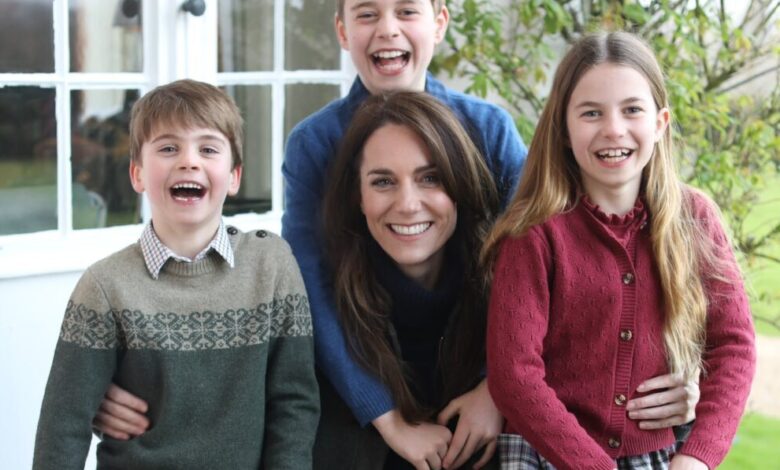
In a world where digital imagery reigns supreme, the scrutiny of photographs has reached new heights, especially when it comes to high-profile figures like Kate Middleton, the Princess of Wales. Recently, a seemingly innocuous Mother’s Day tribute photo of the Duchess and her children sparked a flurry of speculation and debate across social media platforms.
The image, intended to capture a tender moment between Kate Middleton and her three children – Prince George, Princess Charlotte, and Prince Louis – was swiftly removed by major photo agencies including the Associated Press (AP), Reuters, Agence France-Presse (AFP), and Getty Images. Their reason? Allegations of manipulation at the source.
Upon closer inspection by eagle-eyed social media users, several discrepancies came to light, prompting questions about the authenticity of the photograph. One glaring omission was the absence of Kate Middleton’s iconic Princess Diana blue sapphire ring, a cherished accessory she’s rarely seen without. Additionally, observant viewers noted an apparent anomaly in Princess Charlotte’s hand, with a portion of her wrist seemingly missing.
Further fueling the controversy was the backdrop of the image, featuring trees brimming with lush green foliage despite the photograph purportedly being taken in mid-March. Such inconsistencies raised suspicions about the photo’s authenticity and led to accusations of photo editing gone awry.
Dr. Hany Farid, a respected professor of computer sciences, weighed in on the matter, labeling the photo as a “bad Photoshop job.” He pointed out specific areas of concern, including Princess Charlotte’s sleeve, but clarified that Kate Middleton herself wasn’t digitally inserted into the image, a practice he deemed as “dramatic manipulation.”
Read More: Buckingham Palace Makes Significant Announcement Amid Kate Middleton Apology
Farid suggested that the discrepancies may have stemmed from camera manipulation, a common occurrence when modern cameras capture rapid sequences of images and subsequently create composites to enhance overall picture quality. He attributed the anomalies to unintentional artifacts rather than deliberate tampering, emphasizing the likelihood of benign intent.
While the precise origins of the editing errors remain unclear, the incident underscores the growing challenges of discerning authentic imagery in the digital age. As technology advances, so too must our ability to critically evaluate the photographs that permeate our media landscape. In the case of Kate Middleton’s Mother’s Day photo, the saga serves as a poignant reminder of the complexities inherent in capturing and preserving moments in an era defined by digital manipulation.

